The sink is the heart of the kitchen. It is the key to keeping cookware, crockery, and the 15 things we need to wash and drain inside. In the end, it is important to keep it clean for our own health. Some maintenance from time to time is also needed, and each material has different needs. So let’s see how to clean and disinfect a kitchen sink.
Tips to clean and disinfect a kitchen sink
There is not just one method to make a deep clean for every single kitchen sink, because not all the materials react the same way to certain chemical products or cleaning tools. The most important thing during the maintenance process is to take care of the sink surface and quality, so it is best not to choose abrasive cleaners.
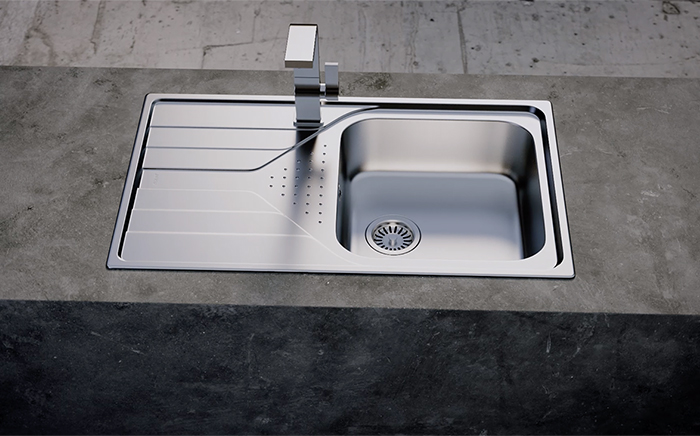
Many people use traditional cleaning methods to clean and disinfect kitchen sinks. They are usually the most ecological and sustainable ones. The main products to use are:
- Vinegar: it is a powerful anti-bacteria product that also whitens the surface. Vinegar and baking soda are the best couples ever to clean anything at home.
- Mild soap: it is particularly good for delicate surfaces, cleaning them without damaging them.
- Baking soda: there is nothing left to say about baking soda that we didn’t already say from the bottom of our hearts. It is perfect for eliminating grease and whitening. And it works really well for small blockages when you combine it with (drumroll)… vinegar!
- Lemon: it makes the dark stains lighter, particularly rust stains.
Last, rinse thoroughly with water at any case and dry with a clean Even though all these substances work for all kitchen sinks, you may be careful when the sink is made of a non-standard material.
How to clean different materials
Sinks are made out of many different hard and resistant materials. However, you need to be careful when cleaning them to maintain them like the first day and to extend their life. We recommend different methods here for the most common materials in domestic kitchens: stainless steel, glass, and granite.
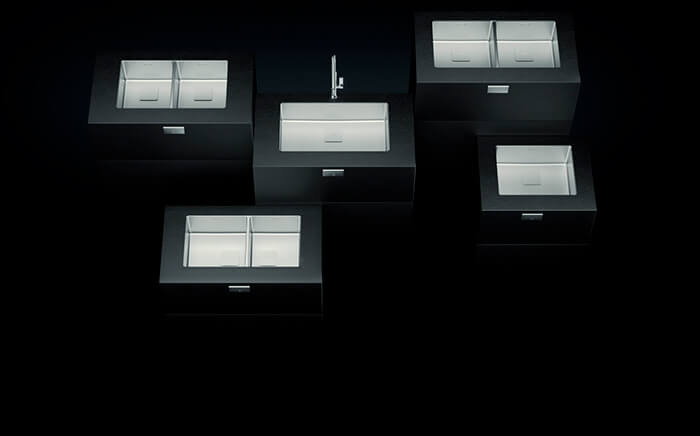
Stainless steel kitchen sinks
They are usually long-lasting sinks for any kitchen. Forget about using hard scourers because they scratch the steel. Instead, choose a sponge or a soft cloth. Instead of chemical products, use those ones you already have at home, like soap. Stainless steel. Follow these steps:
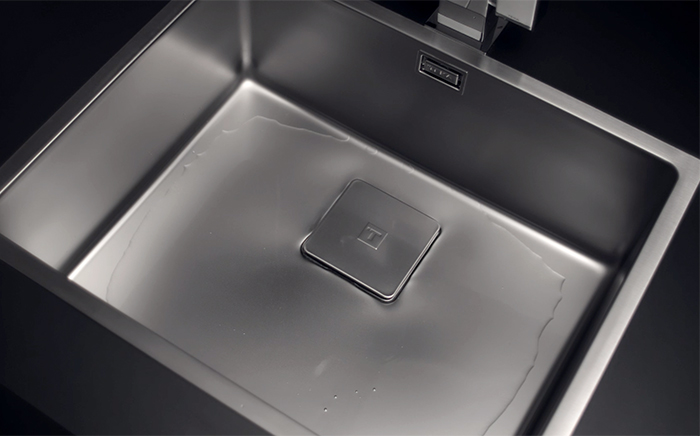
- Mix lukewarm water with mild soap.
- Use a cloth with the mix to clean all the sink surfaces.
- Rinse thoroughly with water and dry with a clean dry cloth.
For a deeper clean and tips on how to maintain the original shine of the surface, find further and more detailed information in our guide for stainless steel here. Anyway, some stainless steel sinks are easier to clean than others.
Glass sinks
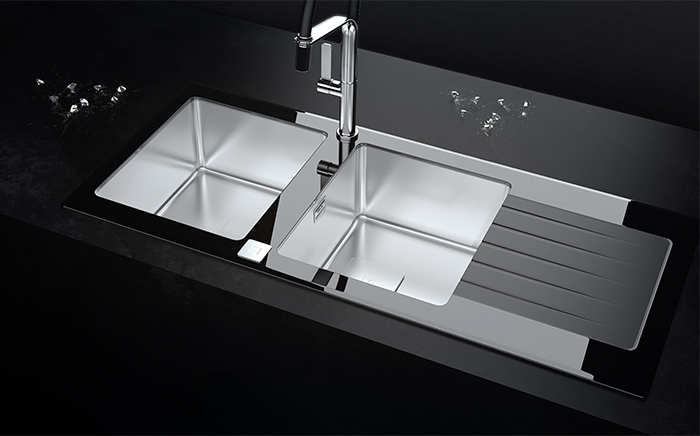
In this case, we are not using scourers or steel wool pads. Furthermore, it is important to use mild soap, or we can generate stains on the surface. Though the main material of these sinks is glass, there are other materials involved too, like the tap, which is usually made out of stainless steel. Again, follow these steps to clean your glass sink:
- With a dry cloth, remove the dirt or even the rests of the food.
- Make a paste of mild soap and water.
- Use a cloth with this mix to scrub gently all over the sink surface.
- Rinse and dry with a soft cloth.
And the final step: eliminate stains. Without good maintenance, these sinks may eventually have some imperfections on the surface, so they need a bit of extra love because they are worth it. You can use white vinegar with water to scrub the rust stains and others.
Granite sinks
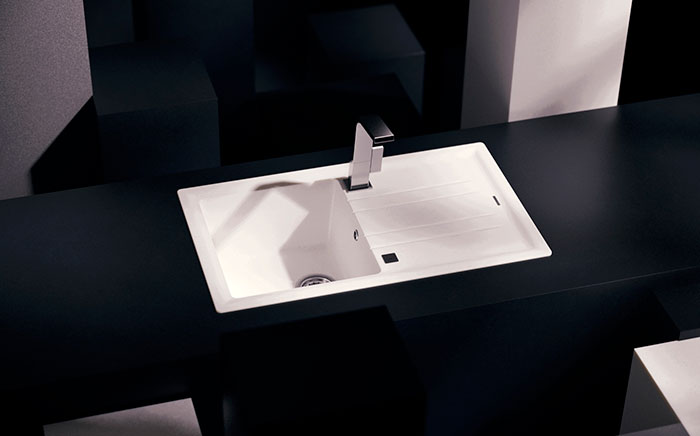
Granite is a resilient and highly resistant material. Because natural materials require more care, these sinks should be cleaned at least once a month. Again, the golden rule: say “no” to steel wool pads. Clean your granite sink by following these steps:
- Remove all the dirt with a wet cloth or sponge.
- Use a soft toothbrush to reach every corner.
- For deeper disinfection, you can use a green scourer, rubbing the surface gently with circular movements.
If you still see stains, you can use a cloth soaked with 1 part bleach, or vinegar, and 3 parts water. Another choice is to put some mild soap on the stain and remove it after a few minutes. Rinse well in any case. You can check further information on our guide for granite sinks maintenance.
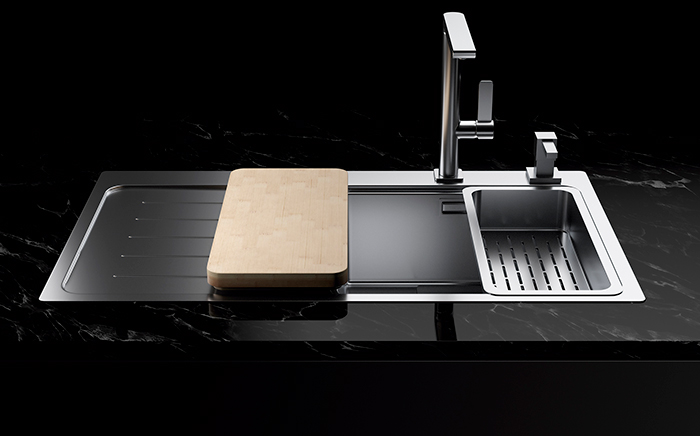
Anyway, sinks usually come with a maintenance guide, that small book with pictures and all that we never read but is extremely useful for taking care of the sinks.
As you probably already know, the sink is one of the places at home where more bacteria accumulate. So you need to clean and disinfect your kitchen sink to keep the kitchen hygienic and the sink as it was on the very first day when it was just another sink without a real home. With just a bit of maintenance, it will be with you for years in the best condition.

